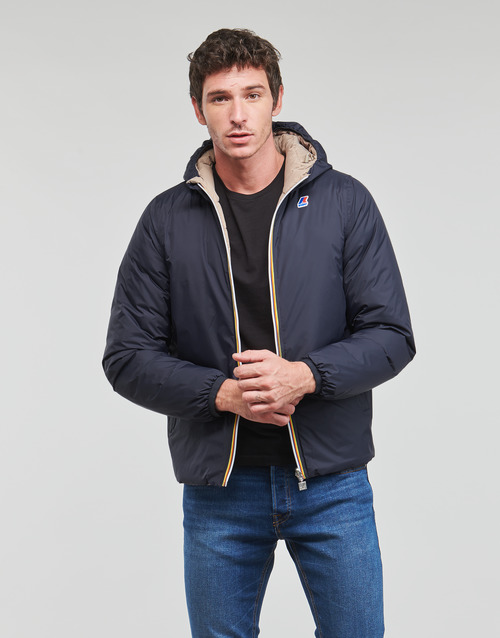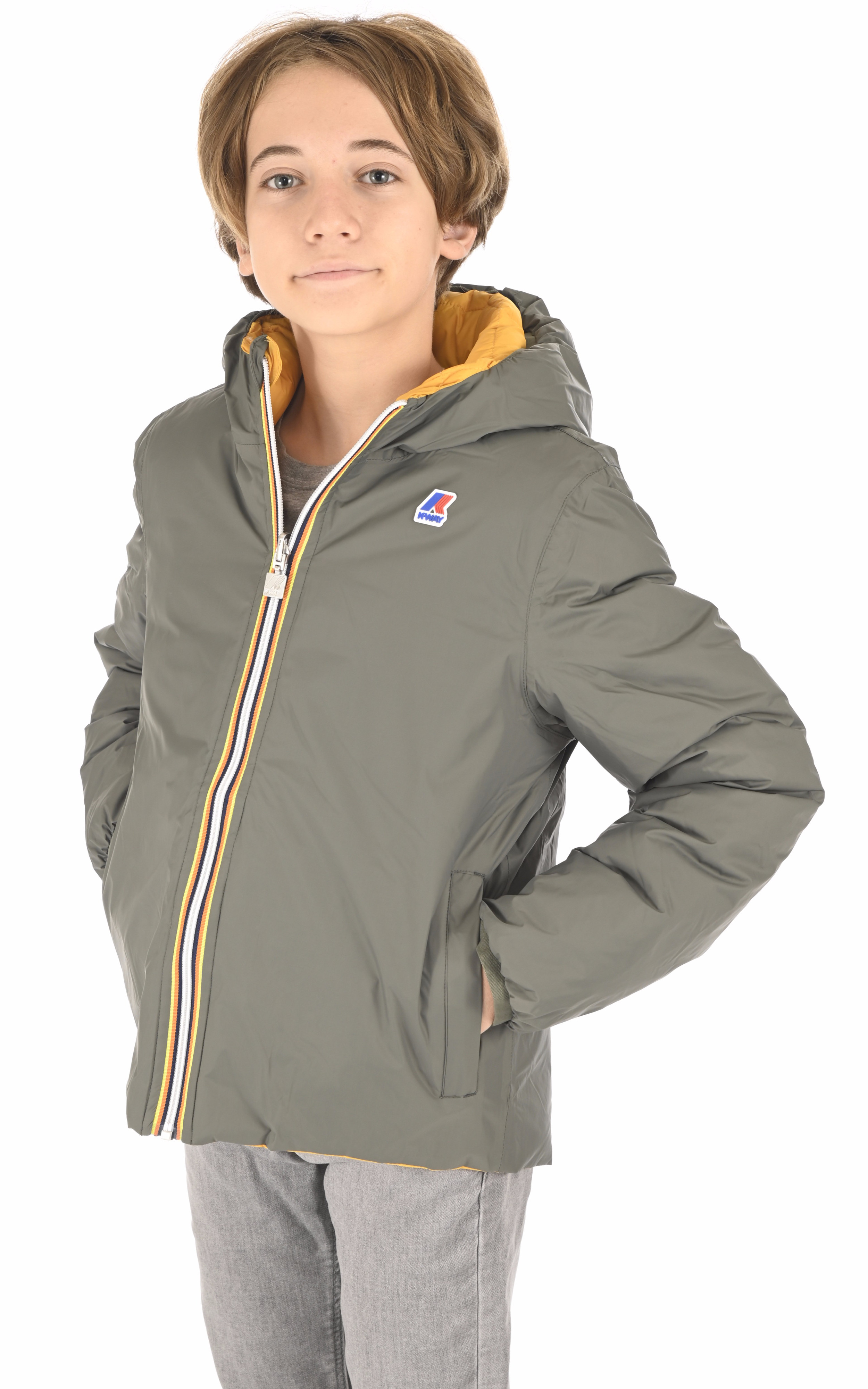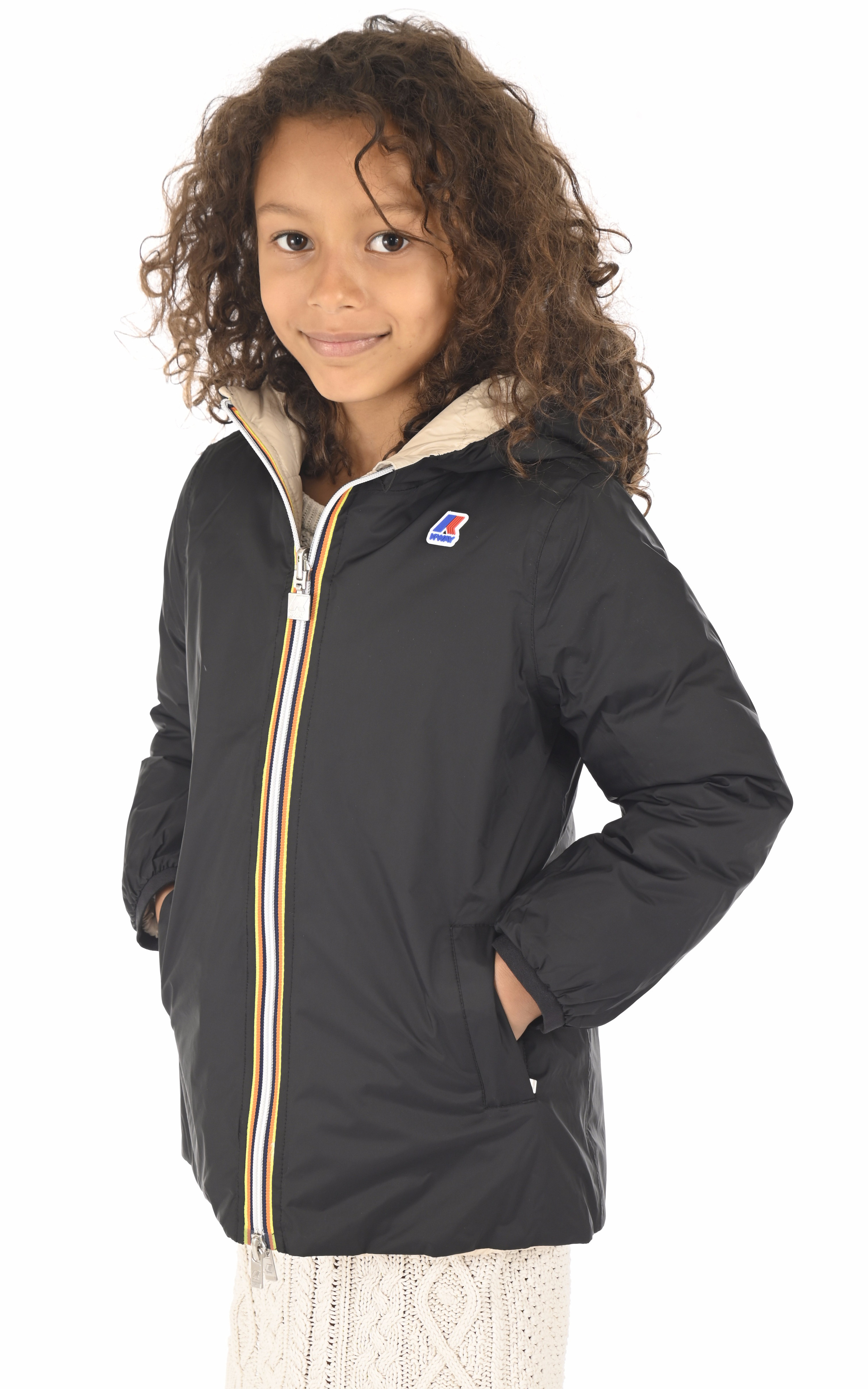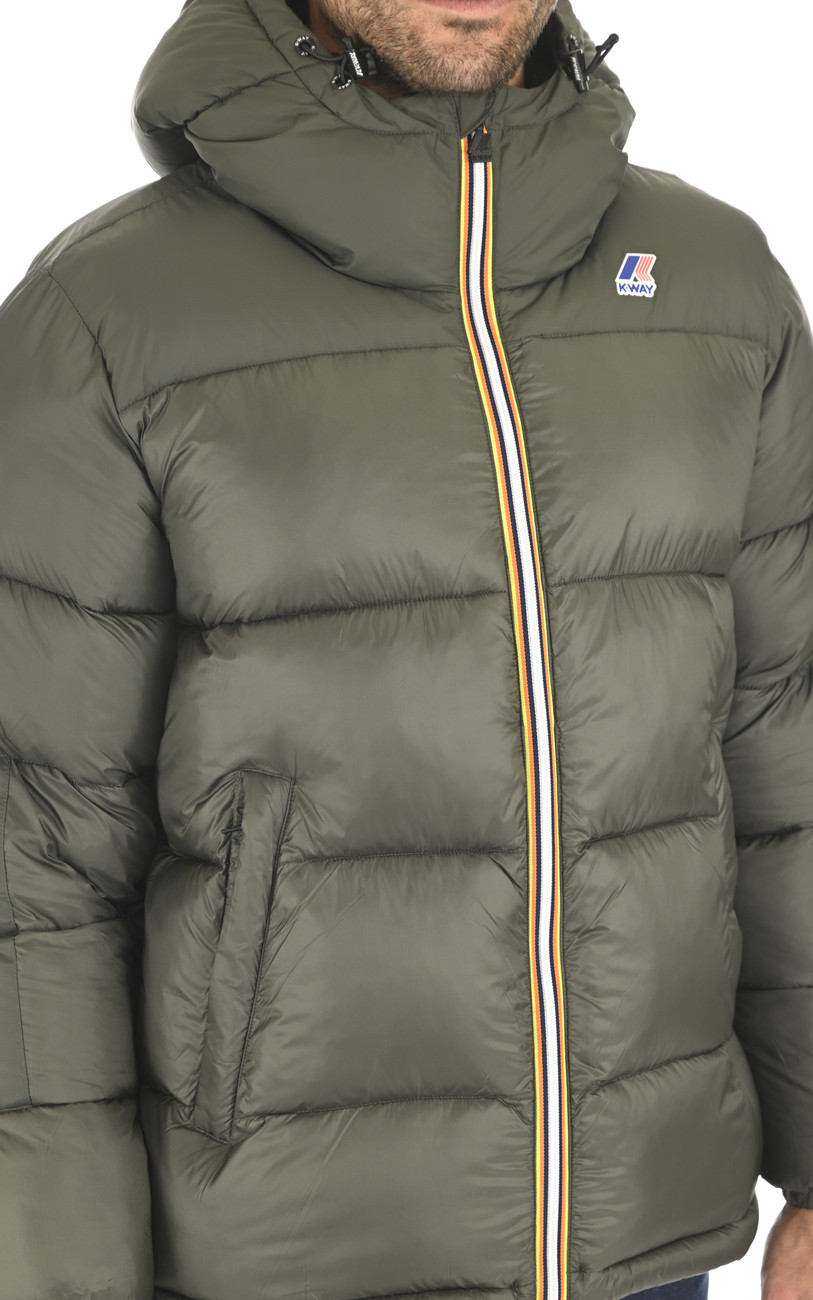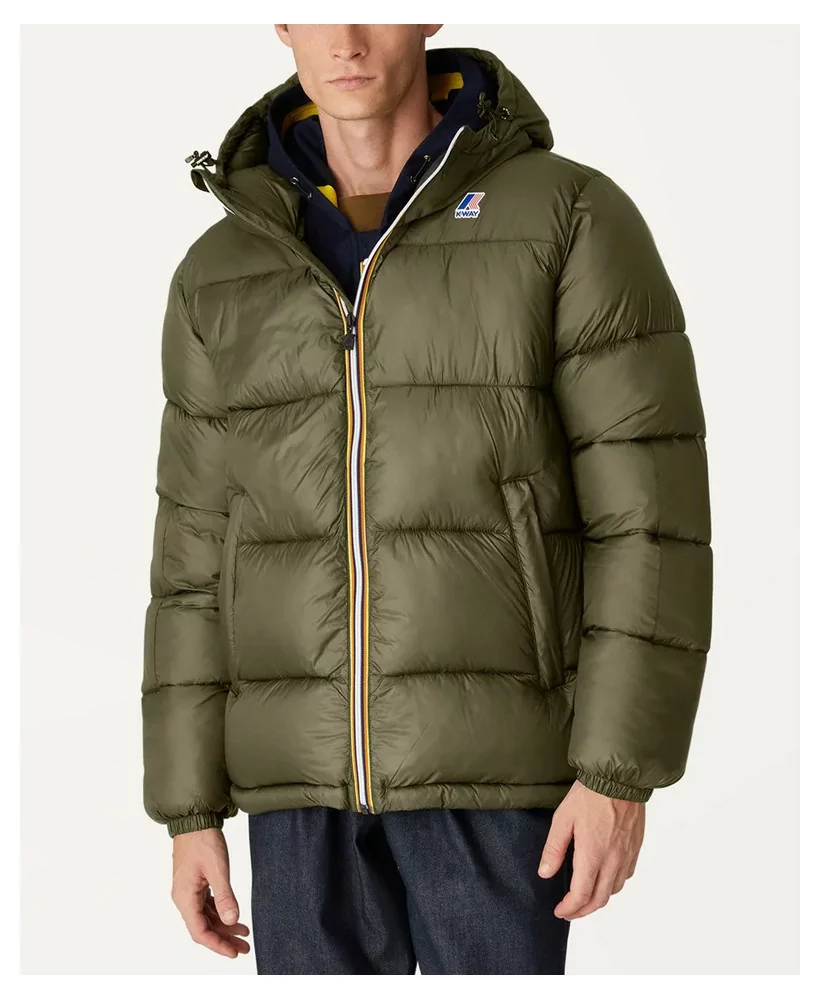
Acheter Doudoune courte K-way Le vrai 3.0 claude heavy warm green black unisexe - K5115RW WMR chez Vertigo Store en toute sécurité avec la livraison gratuite.
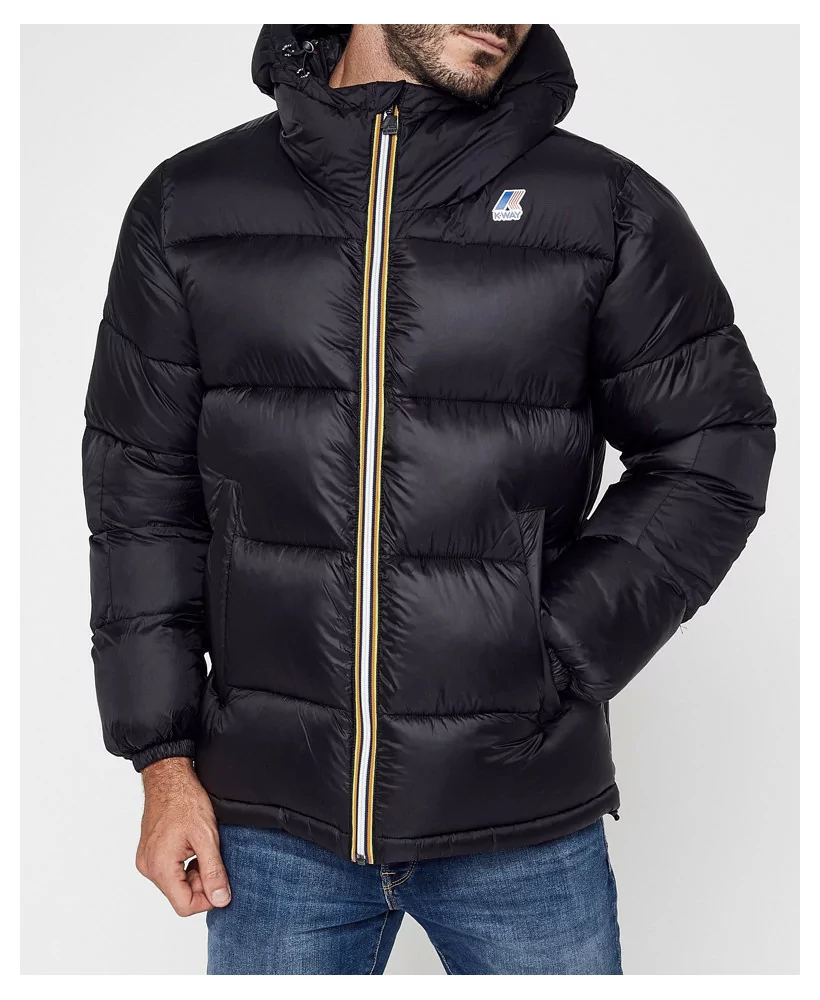
Acheter Doudoune courte K-way Le vrai 3.0 claude heavy warm black pure unisexe - K5115RW USY chez Vertigo Store en toute sécurité avec la livraison gratuite.
